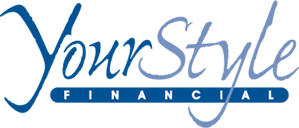
There Are Two Certainties in Life and One is Taxes
It’s the time of year where the working world is split into those that look forward to tax refunds and those who dread seeing how much they owe. Yes, that’s right, it’s tax time. The buzz has begun with the distribution of T4s, which companies have until the end of February to deliver. Tax returns are one of those things in life that are necessary, but are never really reviewed. It’s a wonder there isn’t a life skills course offered in high school which covers real life lessons such as budgeting, tax requirements and filing, resume writing, interview skills and grocery shopping. Now is the time to gather all the documentation you need to prepare your taxes. These include slips such as T4, T4A, T4E, T5, T5007, receipts and certificates. While most personal tax returns are filed electronically, paper copies or records must be retained and available for CRA by request. One of the tax reduction options still available is RRSP contributions. The deadline for RRSP contributions for the 2017 tax year is March 1, 2018. It’s important to keep track of your RRSP contributions to ensure you don’t go over the limit and incur over-contribution penalties. While you are allowed a lifetime over-contribution of $2000, it’s best to carry any overages into the next tax year. Investments are another unclear area for most people. There are a multitude of qualified RRSP investments available such as segregated or mutual funds, stocks, bonds, ETFs and GICs. It’s important to have a diversified portfolio. In other words, don’t put all your eggs in one basket. If you haven’t before, this would be a great time to talk to a professional financial advisor. Financial Planners understand all the benefits and risks of each of these options and which would be best suit you and your stage in life. Now that we’ve talked about planning for the upcoming tax season, stay tuned for more advice on tax saving opportunities.

